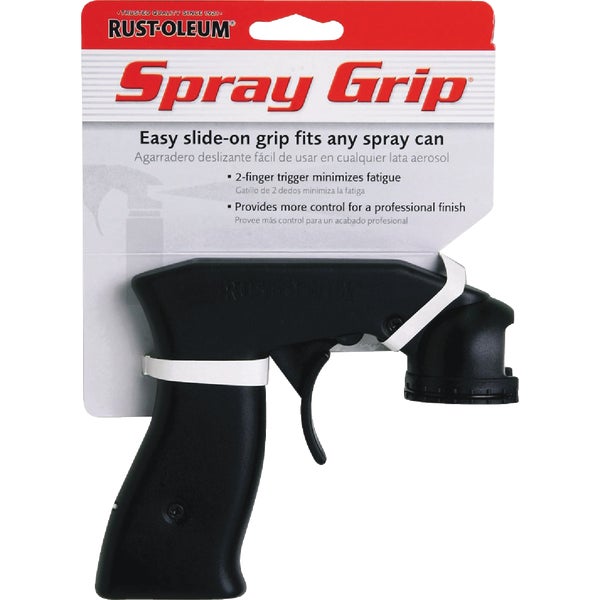Nothing will start fights among painters like selecting a primer. Everyone has their favorite brand, color or has a horror story from a bad can. So I guess it is my turn to pile on to this topic and add some of my own tips and observations to the mix. So lets dive in an go over what I use.
Primer - I use a few different brands, Krylon, Velspar and Duplicolor. For terrain projects I switch back and forth between Krylon and Velspar. Why two different brands, simple texture. Krylon primer has a little smaller droplet size giving a smooth finish at almost any spray distance. The same cannot be said for the Velspar. I haven't figured out if it is their paint mix or just the way it reacts with the air but it is the easiest to get a sandy/fuzzy texture of any paint I have ever used. This is a good thing when working on terrain like walls where you are going to drybrush a large area. It is consistent enough from can to can that I can control the level of fuzz by changing the distance of the spray. Very nice. The last one I use isn't really a primer but a combo of 2 products, first up is the adhesion promoter and the second is the vinyl dye. These are by Duplicolor and since discovering them I am never going back to regular primer. First off the stuff sticks even to resin and won't chip off. Second it doesn't fill in details even when sprayed on heavily. You don't need to spray it on heavily to get coverage. The dye is heavily pigmented and covers in one spray. It isn't effected by humidity. Finally it reacts fine with plastic glue so you don't have to scrap it off when gluing. Probably the only down side is it a little slicker than regular primer. I have only had issues with this when using an airbrush and GW paint.
Nozzles - Even with the right paint the nozzle used for spraying can really effect your finish. There are 2 major spray patterns you have to deal with, circle and line. Most cheap cans will have a circle shaped spray pattern. This gives a dark ring around the outer edge of the spray. The problem with this is it waste allot of paint and can lead to a rougher finish because the paint at the edges of the spray are heavier and the paint in the middle of the circle can dry in the air before it reaches the mini and then you will have all kinds of problems. The better nozzles are the line style. These spray a very thin oval that eliminates the dead spot in the middle of the round nozzles. The better ones even allow you to adjust the line for horizontal or vertical spraying.
Extras - I don't know how I lived without this one but I can't stand to spray without it. It is a spray can grip. No more sprayed hands or dripping paint of holding the can funny. Just click it on the can and you are ready to go. This alone improved my spray technique more than anything else. Next up is a spray booth. Sounds heavy it really isn't I build mine from and old range hood and some scrap wood. Now I am not going to go into the safety thing about using sealed fans or how to build your own booth, there is enough info on the web already on this topic. Just play it safe and you will be fine. The primary motivators for mine were Midwest weather, always too humid for reliable spraying, and I have an airbrush.
Keep spraying.


Thanks for the tip on the Spray Can Holder! I will check that out next time I go to the Paint Store!
ReplyDelete